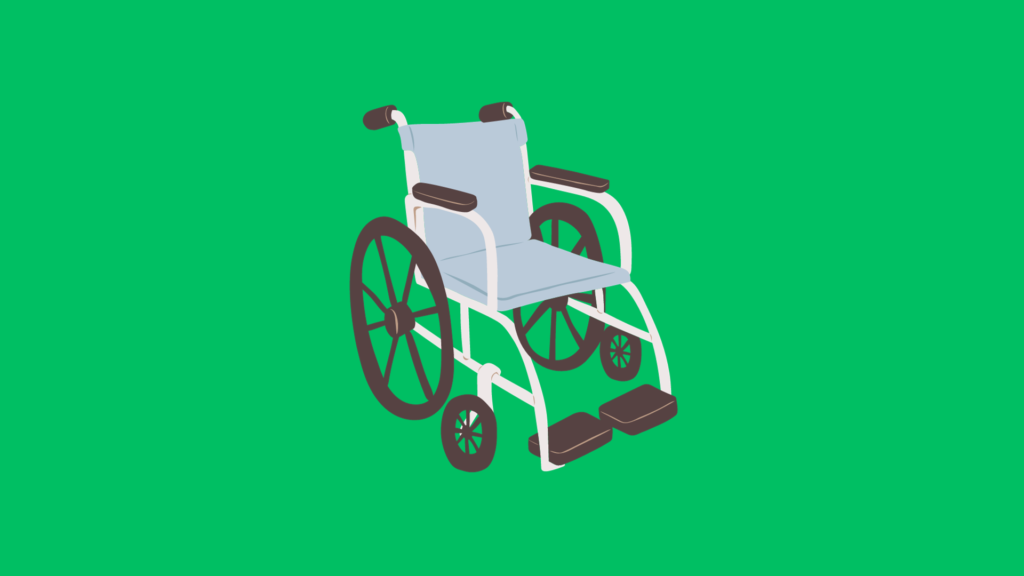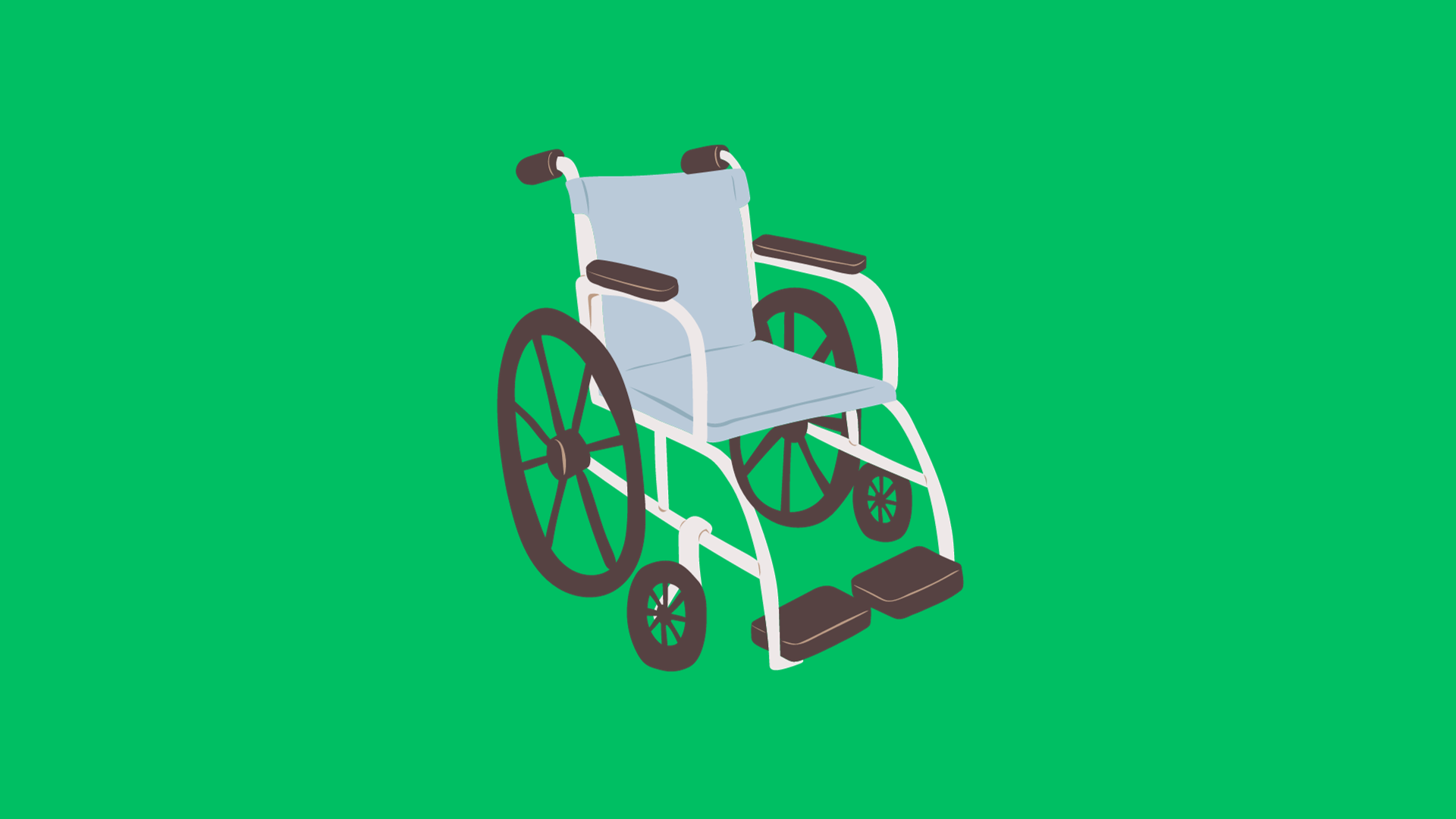Introduction
Wheelchairs are important moving items for millions of people with disabilities worldwide. However, normal wheelchairs often lack customization, have high prices, and do not properly meet users’ needs. This gives a chance for a new wheelchair company that can disrupt the market by focusing on custom designs, affordability, and putting users first.
In this piece, we will cover a possible startup strategy and business plan for a wheelchair company trying to address these problems. We will cover finding target customers, product design factors, price models, marketing tactics, funding choices, and long-term growth strategies. The goal is to describe actionable steps to start and scale a successful wheelchair business.
Target Customers
The first step is finding target customer groups for a new wheelchair business. Potential targets include:
- Adults with movement problems – This covers paraplegics, quadriplegics, multiple sclerosis patients, old, and other groups. Focus on their unique wants and tastes.
- Children with movement problems – Child-sized wheelchairs with pediatric-friendly designs. Target parents and healthcare centers.
- Injured veterans – Custom chairs fit for veterans’ unique needs. Partner with VA hospitals and offices.

- Athletic wheelchairs – games designs for basketball, tennis, racing, and other games. Target recreation and professional sports groups.
- Motorized chairs – Electric wheelchairs for those with more limited mobility. Market to assisted living houses.
- Developing world markets – Low-cost, tough designs for muddy places. Partner with charity groups.
The startup should study these customer groups to find the most realistic targets for an initial product line and go-to-market plan.
Product Design and Customization
A key differentiator for the wheelchair startup is giving customized chairs built around individual users’ wants, bodies, lifestyles and tastes. This could include:
- Adjustable frames to fit human height and width
- Modular components like seats, leg rests, and wheels to change forms and angles
- Range of cloth and color choices for seats, backs, and side parts
- Motorized add-ons for power-assisted moving
- Attachment points to place things like IV poles, lights, bags and air tanks
- Athletic model frames made of ultra-lightweight materials
- Pediatric chairs with child-friendly shapes, colors and features
- Rugged designs with heavy-duty frames and wheels for rising world terrain
- Ergonomic seat pillows and back support for comfort
- Portability features like folding frames and replacement parts for trips
Leveraging a flexible, changeable design approach allows wheelchairs to be fitted to users’ physical and living needs. This gives a better experience than the “one-size-fits-most” types currently offered.
Pricing Models
Pricing is another place where this startup can carefully fight. Traditional wheelchairs often cost several thousand dollars, even with insurance help. This startup should cater to a bigger audience with more affordable price plans. Potential choices include:
- Dynamic customization pricing – Base model price plus modular add-ons priced separately, allowing some customization at entry-level prices
- Bundled deals – Group similar features into packages with different prices like Good – Better – Best
- Subsidized models – Lower-cost units backed by higher-margin flexible models
- Rent-to-own – Make chairs more cheap through reasonable monthly rental fees
- restored chairs – Offer lower prices on lightly-used restored units
- Child trade-in program – Discounted baby chairs when bringing in older models
- Developing world discounts – Deeply discounted or offered chairs for poor places
- loan ties – Offer payment plans through lending companies
- Insurance negotiation – Negotiate lower co-pays and returns through big insurance providers
Creative, open price methods can expand access to customized bikes for a bigger range of budgets.
Marketing Tactics
Successful marketing will rely on both traditional and digital methods suited to each target group. Tactics may include:
- Search engine optimization and pay-per-click ads to draw online searches
- Social media ads focused using demographic and interest data
- Partnerships with healthcare experts, hospitals, and rehab places to reach people directly
- Attending conferences and trade shows linked to assistive technology, rehabilitation, and disabilities
- Public relations efforts highlighting inspiring founder and customer stories
- Local event engagement like adaptive sports expos and disability rights fairs
- Traditional paper, TV, and radio ads during shows with high target viewership
- Direct letter marketing to segmented names gained through list rental
- Sponsoring community and charity events related to the disability community
- Optimized website message and lead gathering forms to move people
- Referral rewards for present customers to spread to friends and family
Also Read
Mobile Cover with Glass Guard Business Idea
4 Best Countries to Outsource Software Development
A mix of digital ads, partnerships, PR, events and traditional media can help raise information and consideration among the target wheelchair users. Capturing contact info and leads will also help fuel future sales.
Funding and Growth
A wheelchair startup will need significant funds to create goods, build production capability, and drive growth. Some choices include:
- Crowdfunding on sites like Kickstarter to confirm ideas and pre-sell goods
- Small business gifts and loans, possibly aimed at social companies
- Venture capital investors focused on healthcare, assistive technology, and devices
- Angel investors with a personal or family link to disability rights
- Partnerships with bigger wheelchair or healthcare companies for investment and marketing deals
- Revenue-based lending where buyers provide cash in exchange for a share of future sales
Once started, the startup should focus on growth through outlets like:
- Expanding the product range to reach more types of wheelchair users
- Growing connections with healthcare providers and clinics
- Setting up real store spots in key metro areas
- Selling through third party web shops like Amazon
- Expanding abroad starting in areas with high wheelchair demand
- Introducing auxiliary things like wheelchair cushions, bags, and extras
- Licensing ideas and technology to other makers
- Acquiring competition to secure and grow market share
By getting strong upfront funds and following a smart growth roadmap, the wheelchair company can possibly become a major player disrupting the market.
Conclusion
The wheelchair business is ripe for a customer-focused disruptor that can provide customized designs, affordable costs, and a better user experience. This piece describes a possible strategy covering target users, product features, pricing models, marketing methods, funding options, and growth pathways. By getting funding, designing for people’ needs, creating innovative pricing, and running focused marketing campaigns, a startup in this area has major potential to upend the status quo. The effect would be expanded access to mobility, independence and better quality of life for millions of wheelchair users worldwide.





